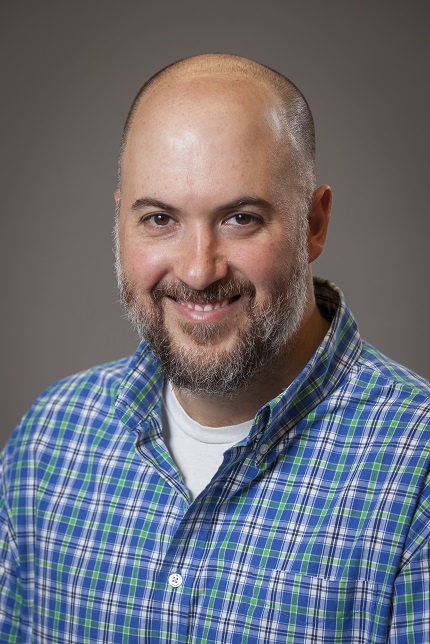Dr. Anthony Cozzolino

Title: Associate Professor
Education: Ph.D., McMaster University, 2009
Postdoctoral Study, Massachusetts Institute of Technology, 2009-13
Research Area: Inorganic and Supramolecular Materials Chemistry
Office: ESB2 - 310B
Phone: 806-834-1832
Email: anthony.f.cozzolino@ttu.edu
Webpage: Cozzolino Group
Principal Research Interests
- Inorganic Synthesis
- (Supra)molecular Materials
- Smart Molecules
I am interested in research challenges related to current problems of technological
and environmental significance. Central to my effort is the concept of engineered
complexity where modern computational methods are used to guide the combination of
well defined components into functional smart molecules and materials. My research
program has three major objectives: A) use light to enhance the reactivity of transition-metal
complexes through photoswitchable ligands, B) use molecular recognition to drive the
self-assembly of molecular electronics, and C) achieve conductivity in porous materials
mediated by the efficient electronic overlap between p-block elements and organic
bridges.
A) Redox-active unsaturated early transition metal complexes are capable of activating
small molecule substrates. The resulting species are often thermodynamically stable
products. We will be using photoswitchable ligands to modulate the redox properties
of coordination complexes. These smart molecules will be used to drive the transformation
of ubiquitous small molecules like CO2 into value-added products.
B) Secondary bonding interactions (SBIs) are structure directing attractive interactions
involving heavy p-block atoms. We will prepare a series of supramolecular pairs that
selectively self-assemble through SBIs. These sets of molecules will be the inorganic
equivalent to DNA base pairs. We will use these pairs to direct the self-assembly
of supramolecular diodes and wires, providing a method – supramolecular synthesis
– for preparing integrated molecular electronics.
C) A conductive porous framework would have many applications. MOFs, a promising class
of materials, are most often characterized by coordination bonds between hard anions
and hard cations. The result is poor orbital overlap causing the electrons to be ‘trapped'
at the metal nodes. We will utilize the more favorable energetic overlap between p-block
elements in the design of network solids by using p-block clusters as nodes in frameworks.
These frameworks will be considered for applications such as electrodes for batteries,
fuel cells, capacitors, sensors and molecular wires.
Opportunities to Acquire Expertise
Students in my group will acquire a broad spectrum of practical skills including inorganic
synthesis (using p-block and d-block elements), organic synthesis (through ligand
design), structure determination through spectroscopic and diffraction techniques,
and modern computational methods. As your project progresses you will have ample opportunity
to learn and apply specialized techniques either independently or through collaborative
efforts.
Representative Publications
- "Supramolecular Chromotropism of the Crystalline Phases of 4,5,6,7-Tetrafluorobenzo-2,1,3-telluradiazole", A.F.Cozzolino; P. S. Whitfield; I. Vargas-Baca;J. Am. Chem. Soc., 2010, 132, 17265-17270.
- "Two-Step Binding of O2 to a Vanadium(III) Trisanilide Complex To Form a Non-Vanadyl Vanadium(V) Peroxo Complex.", A.F.Cozzolino; D. Tofan; C. C. Cummins; M. Temprado; T. D. Palluccio; E. V. Rybak-Akimova; S. Majumdar; X. Cai; B. Captain; C. D. HoffJ. Am. Chem. Soc. 2012, 134, 18249-18252.
- "Conformational Locking by Design: Relating Strain Energy with Luminescence and Stability in Rigid Metal-organic Frameworks", N. B. Shustova; A. F. Cozzolino; M. DincăM. J. Am. Chem. Soc., 2012, 134, 19596-19599.
Department of Chemistry & Biochemistry
-
Address
1204 Boston Avenue, Lubbock, TX 79409-1061 -
Phone
806.742.3067
